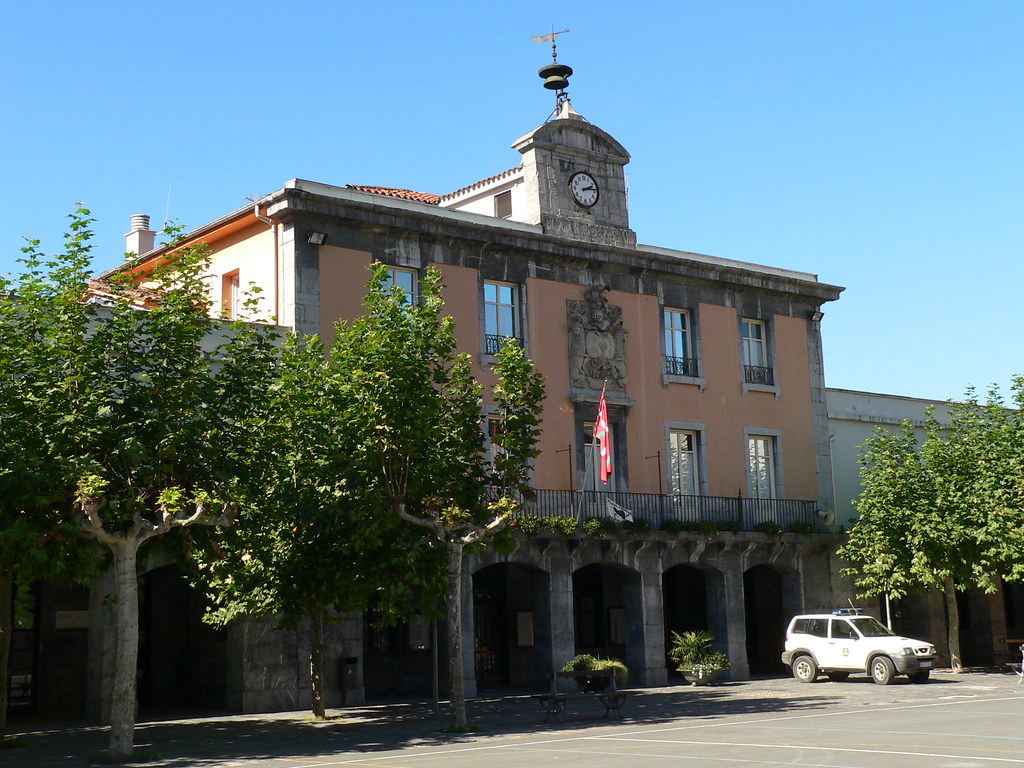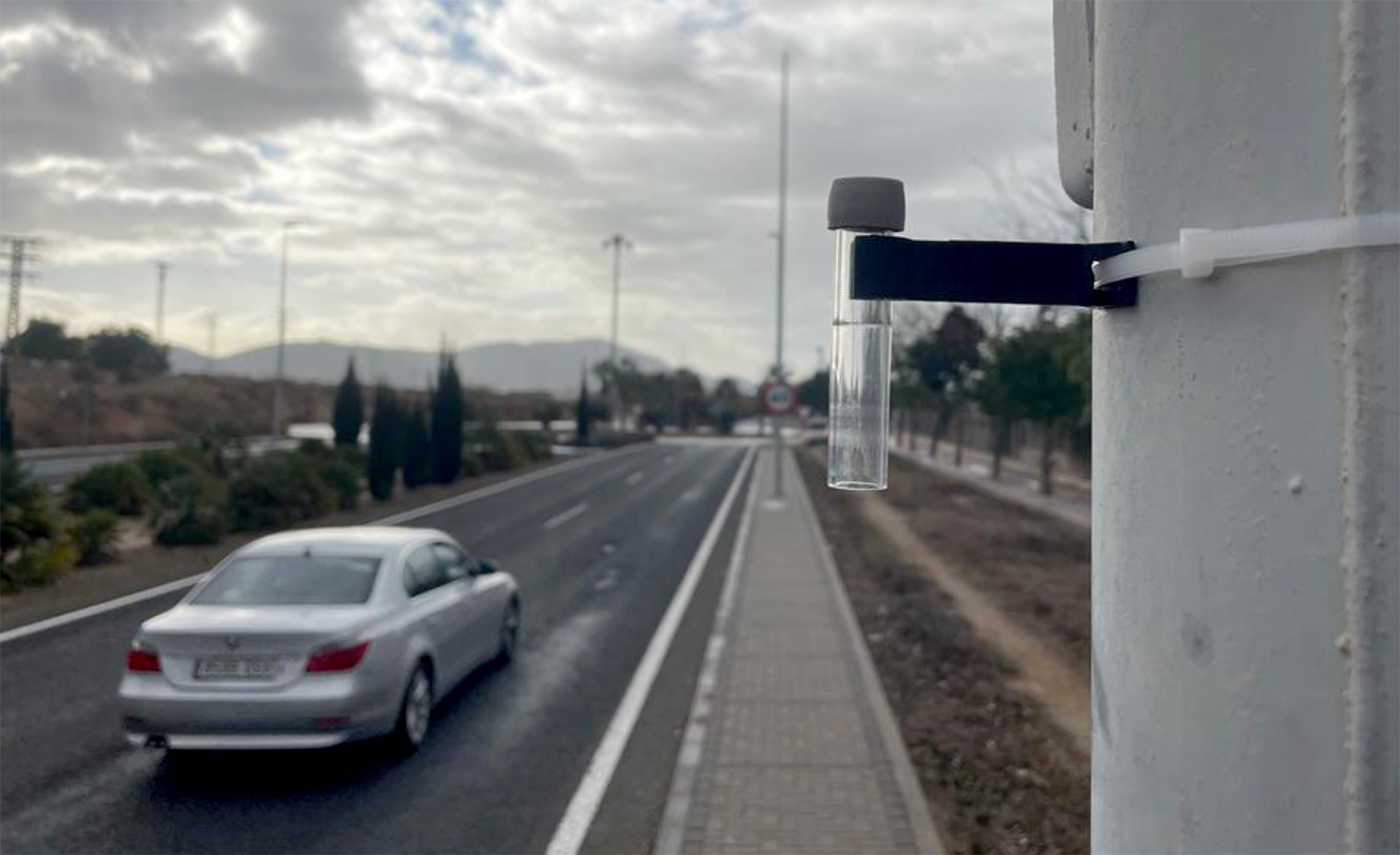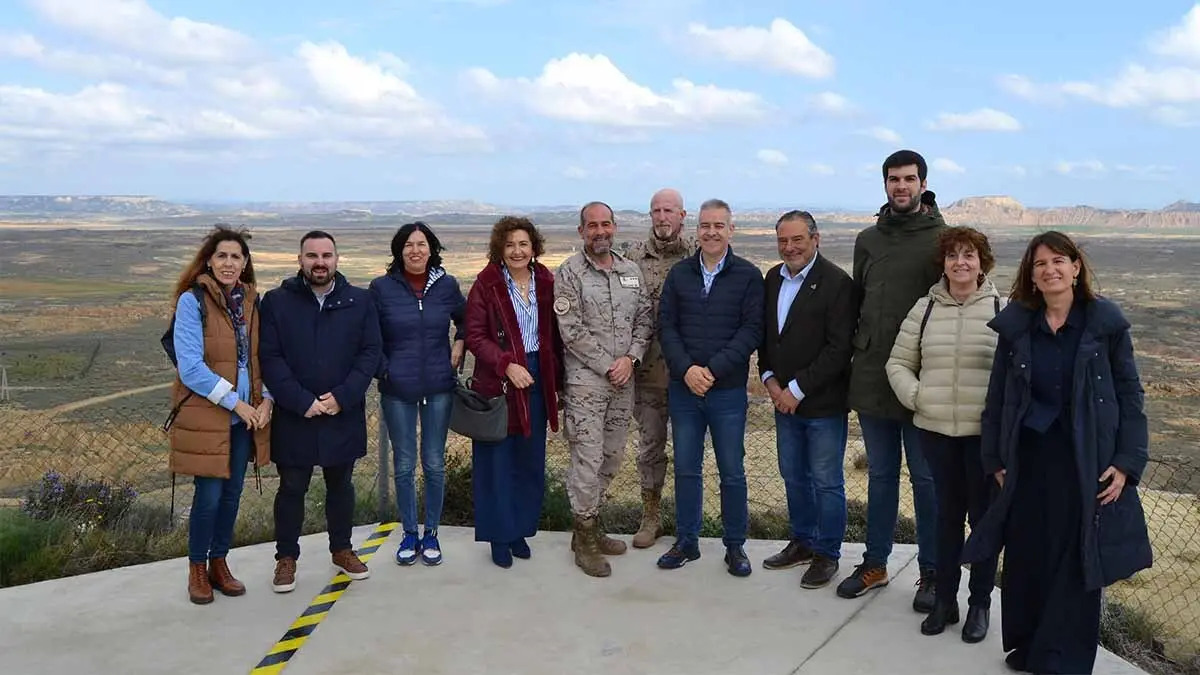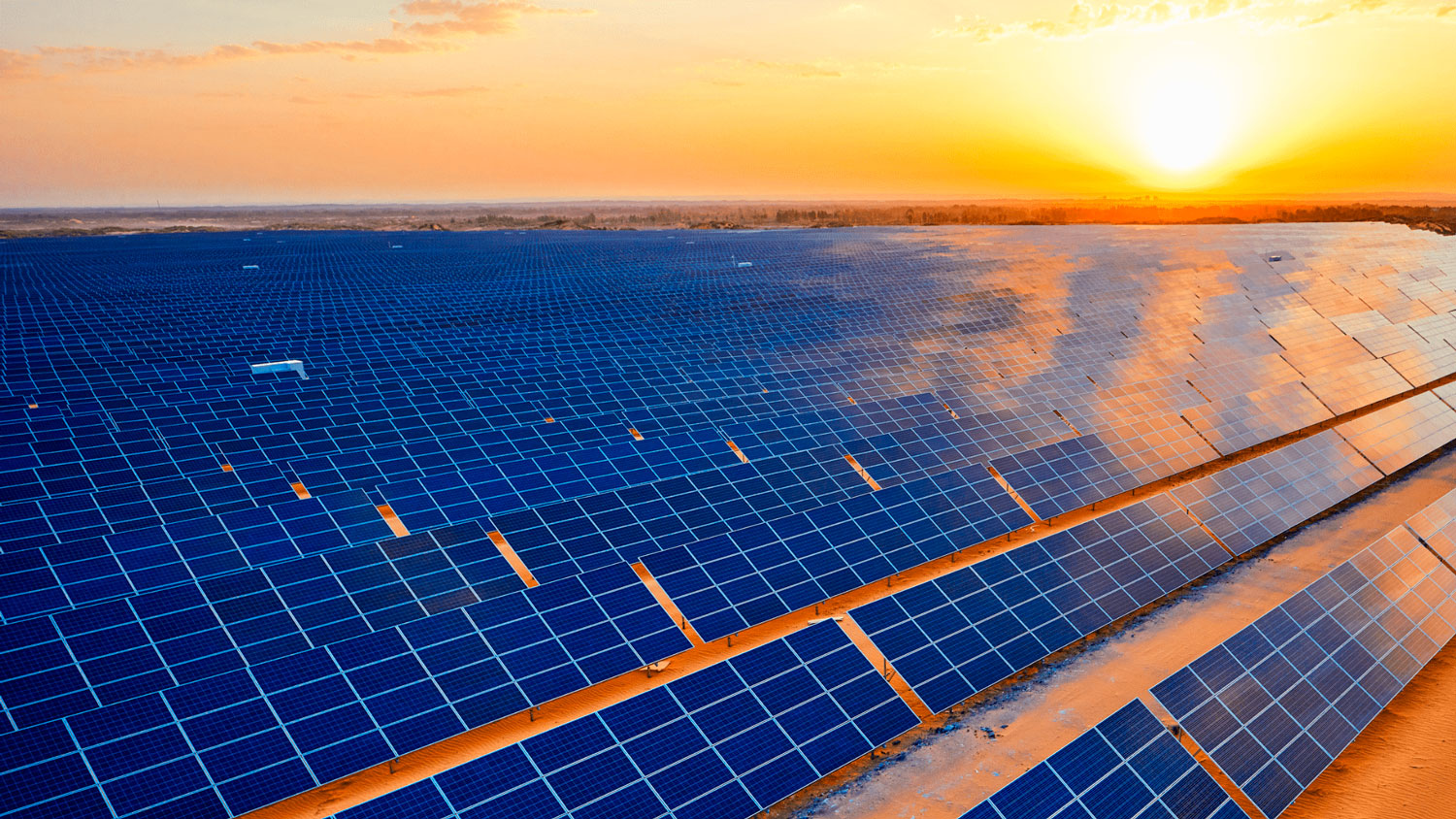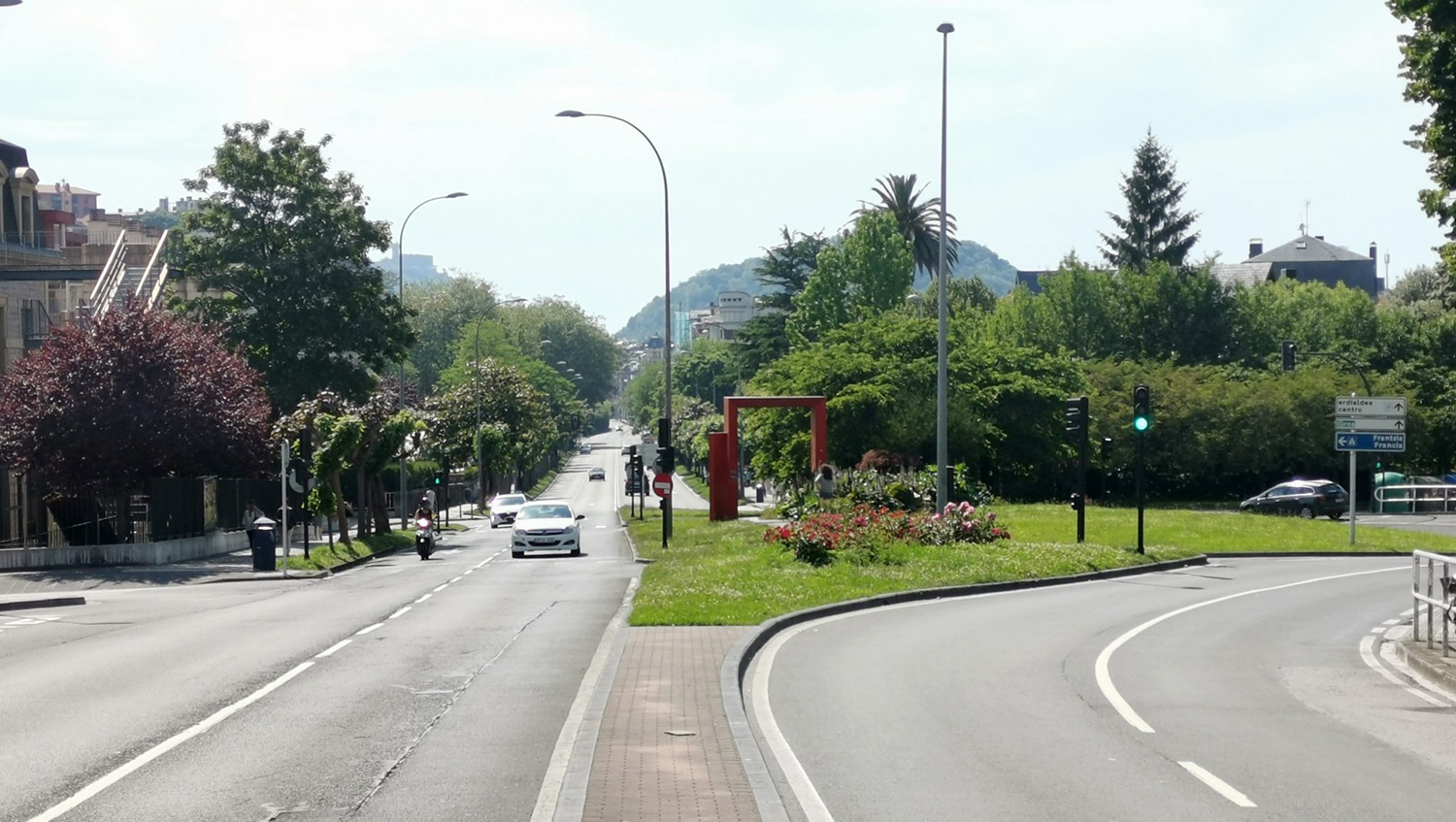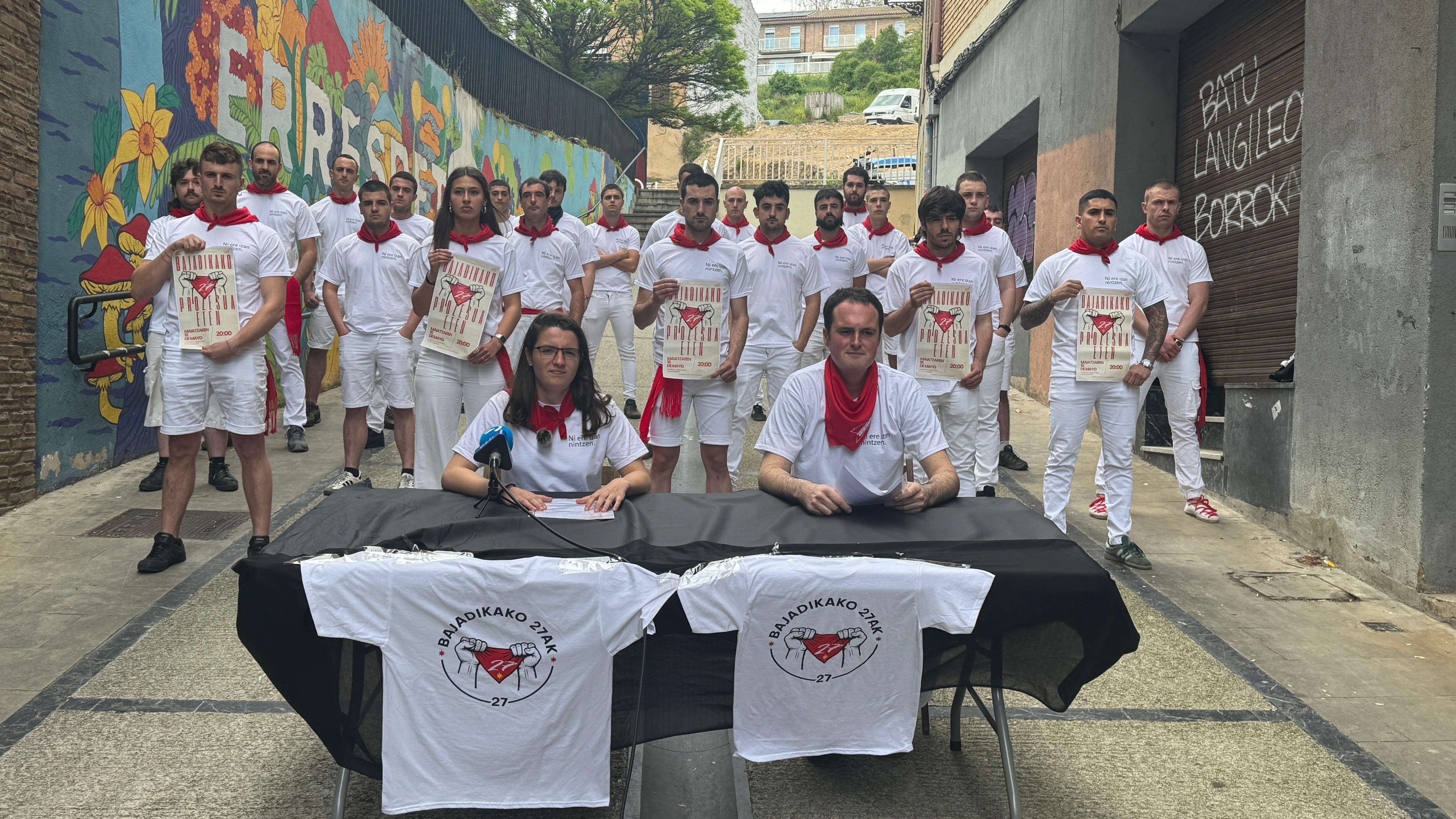Researching the microplastics of rivers: how plastics get into the seas
- Scientists at the Tara Foundation are researching ten rivers in Europe to learn about the characteristics of the microplastic flow. The program will analyze the number of microplastics carrying rivers before and after major cities, to learn how they impact the environment.

“In the rivers you see things that you don’t see at sea, plastic microspheres,” says Jean-François Ghiglione, a researcher who leads the expedition. This group of scientists has confirmed the existence of plastics that are smaller than a grain of rice in water rivers and oceans. Ghiglion said that these plastics come largely from cosmetics.
The problem of plastic is serious. Each year, eight million tonnes end up at sea, of which 600,000 are in Europe. The first plastics were thought to be degraded at sea, due to waves and sun rays. But this thesis was rejected a long time ago, as it proved that plastics last hundreds of years. Ghiglion has stressed that the aim of the expedition is to know "where they come from" these developing microplastics.
The research will go through networks of small holes ahead and after major cities to learn how many microplastics the water contains. In the laboratory, plastics, between 1 and 5 millimeters, will be split in half and the different types will be classified to know where they come from afterwards.
Automatizazioaren eta abereen inguruan kuxkuxeatzen ari nintzela, ukuilu automatizatuen informazioa hasi naiz eskuratzen. Nire idazmahaiaren erosotasunetik idazten, gizakion kontsumorako modu masiboan esplotatzen ditugun abereen bizitzak nahiko penagarriak direla iruditzen zait,... [+]
Klima aldaketaren eraginez, munduko lurralde gero eta gehiago idortzen ari dira, milioika pertsonaren jarduera eta bizimoduak kolokan ezarririk. Fenomeno horren frontean dago India erdialdeko Maharashtra estatua, non klimaren berotzeari eta lehortzeari metatu zaizkien oihan... [+]










